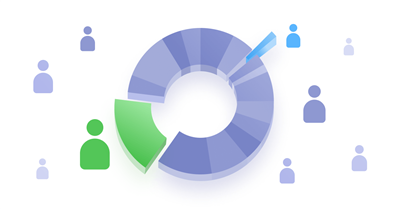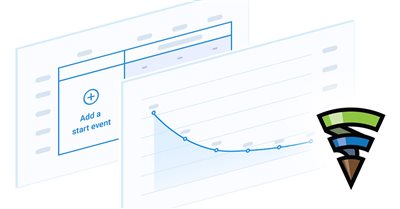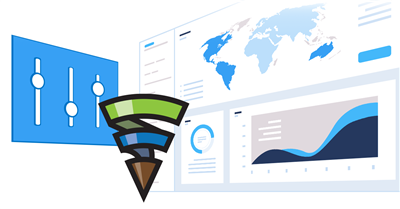Is your website fast enough?
Marketing Resources
You will be able to identify if any of your visitors from a certain part of the world have to wait ages for the website to load.
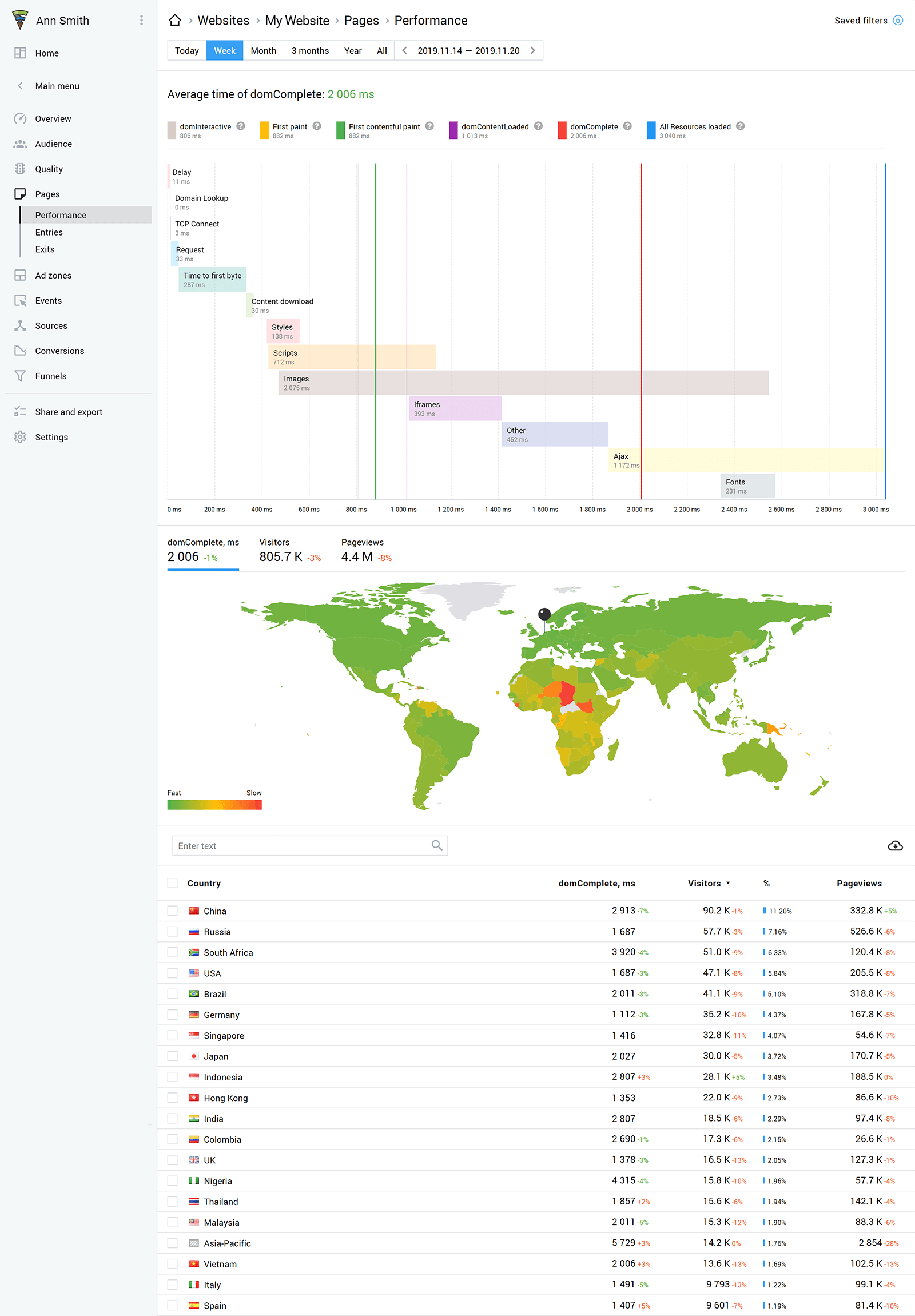
Low website speed entails multiple issues, including high bounce rates and search engine ranking drops. Website owners often overlook this parameter or simply are not aware of it.
The speed is affected by several factors, including:
- Location of the website servers and your potential customers. If the server is located in the USA, your clients from Europe and Asia will spend a lot of time waiting for the web page to load.
- Large pictures and other content in your web pages.
- Plug-in scripts from various services, fonts and more.
- Connection quality. Mobile users may experience issues loading your website due to poor connection from their smartphones even in your server's region.
Along with web analytics, the Finteza tracking code now collects data on how quickly your real visitors are able to download the content. This is
not some kind of technical speed test, but actual results. While other services offer theoretical speed measurements in perfect
conditions, our reports provide actual results considering all of the factors identified above. A third-party service may show the
loading speed of a specific page to be equal to 3 seconds, while Finteza shows that it is actually 8 seconds. This means that in reality all the
features of your website become available to a user in only 8 seconds.
How it works and how can this help me?
At the moment the page starts loading, our script starts recording the start and end time of each resource download. This data is sent to Finteza for further processing. The resulting reports show:
- the total median time spent for completing various page loading stages: loading and parsing an HTML page, rendering the first pixel of
the elements, loading the main elements, as well as loading the page in full.
Such data shows when various stages of interacting with the website actually start. Rather than obtaining a total website loading time, you can view data for each stage: when the page rendering started and a user was able to view at least something; when the entire page functionality became available, although not all media content was loaded yet; when all web page resources were loaded and when they became available to the user.
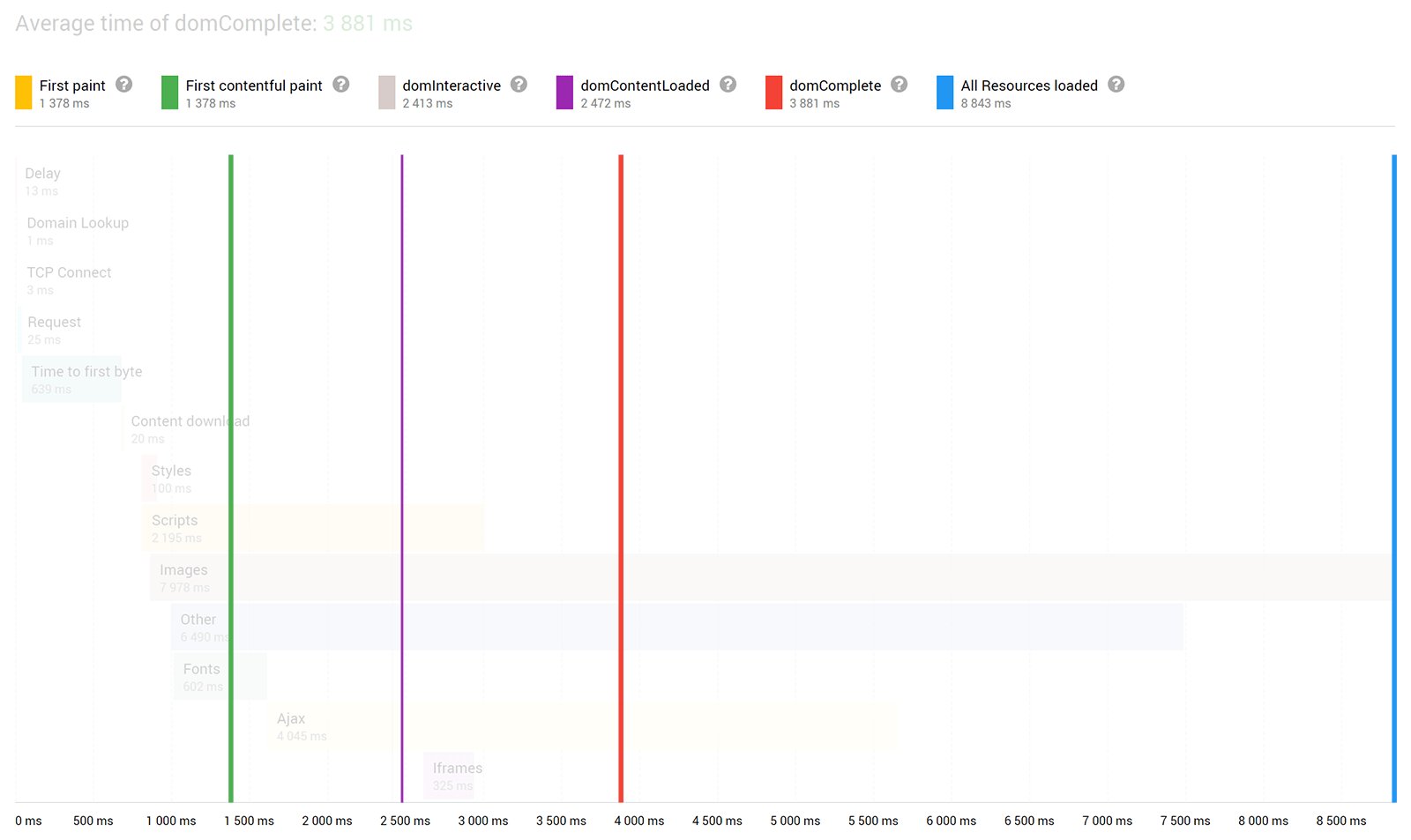
- median loading time of each resource type in your page.
This information is important if you want to understand which type of resources slow down your website the most. Everything is simple here: the longer the line, the more time it takes to load this type of resource. For example, it often takes a lot of time to download images. Third-party scripts (analytical systems, ad networks, etc.) may also significantly increase the loading time. With this kind of data, you will be able to take measures: reduce the number of images, replace some services with others, and so on.
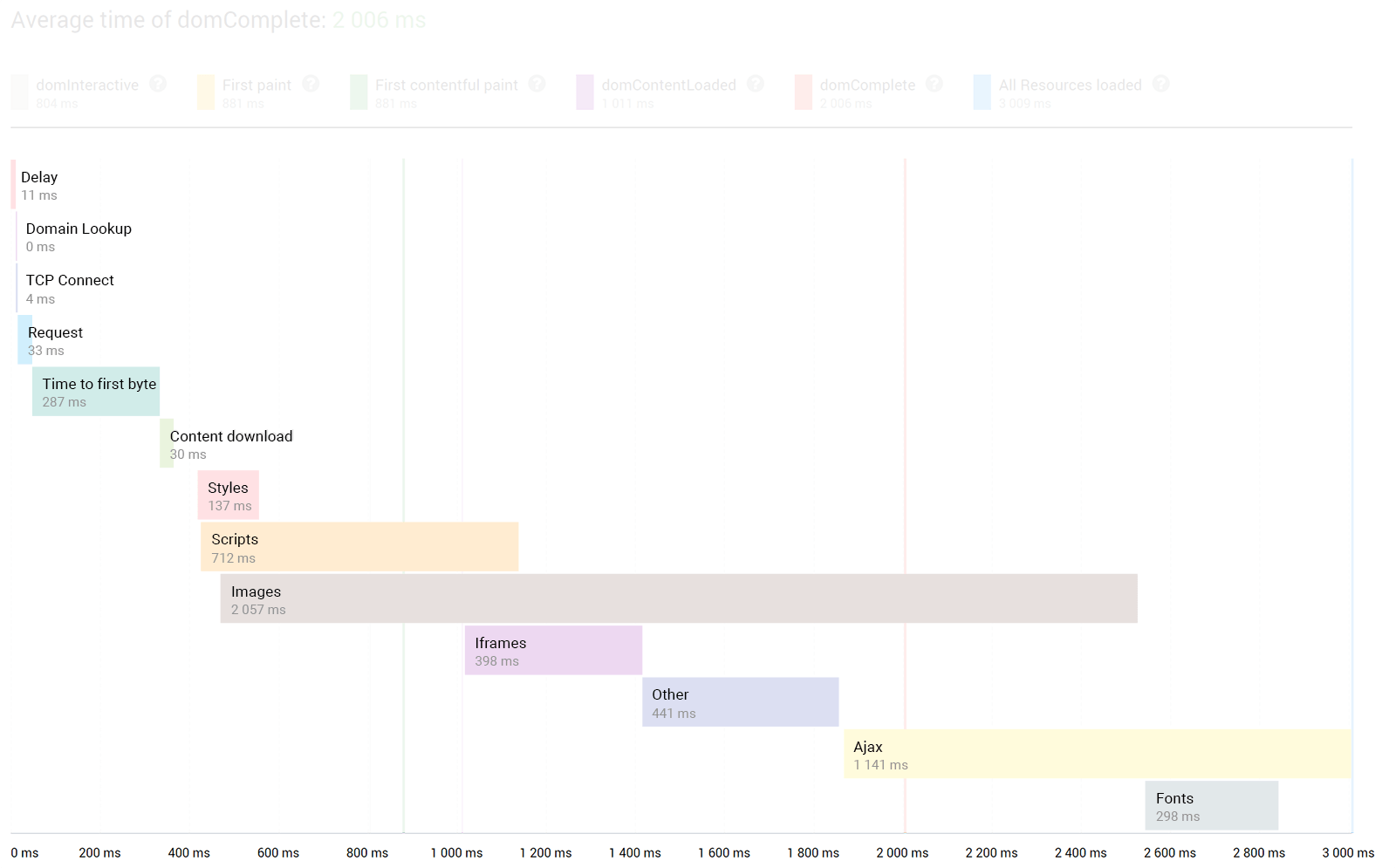
- median loading speed by country
Here you can find out how many milliseconds it takes to load your website in target countries. The chart and the table show data on the domComplete stage. This is a stage when not all the content has been loaded yet, but a web page can already be used. The report is especially important if you have a multilingual website for users from different countries. It will tell you why you have higher bounce rates and lower search engine rankings in particular countries. If the loading time exceeds 3 seconds, search engines may impose penalties when ranking your website in search results.
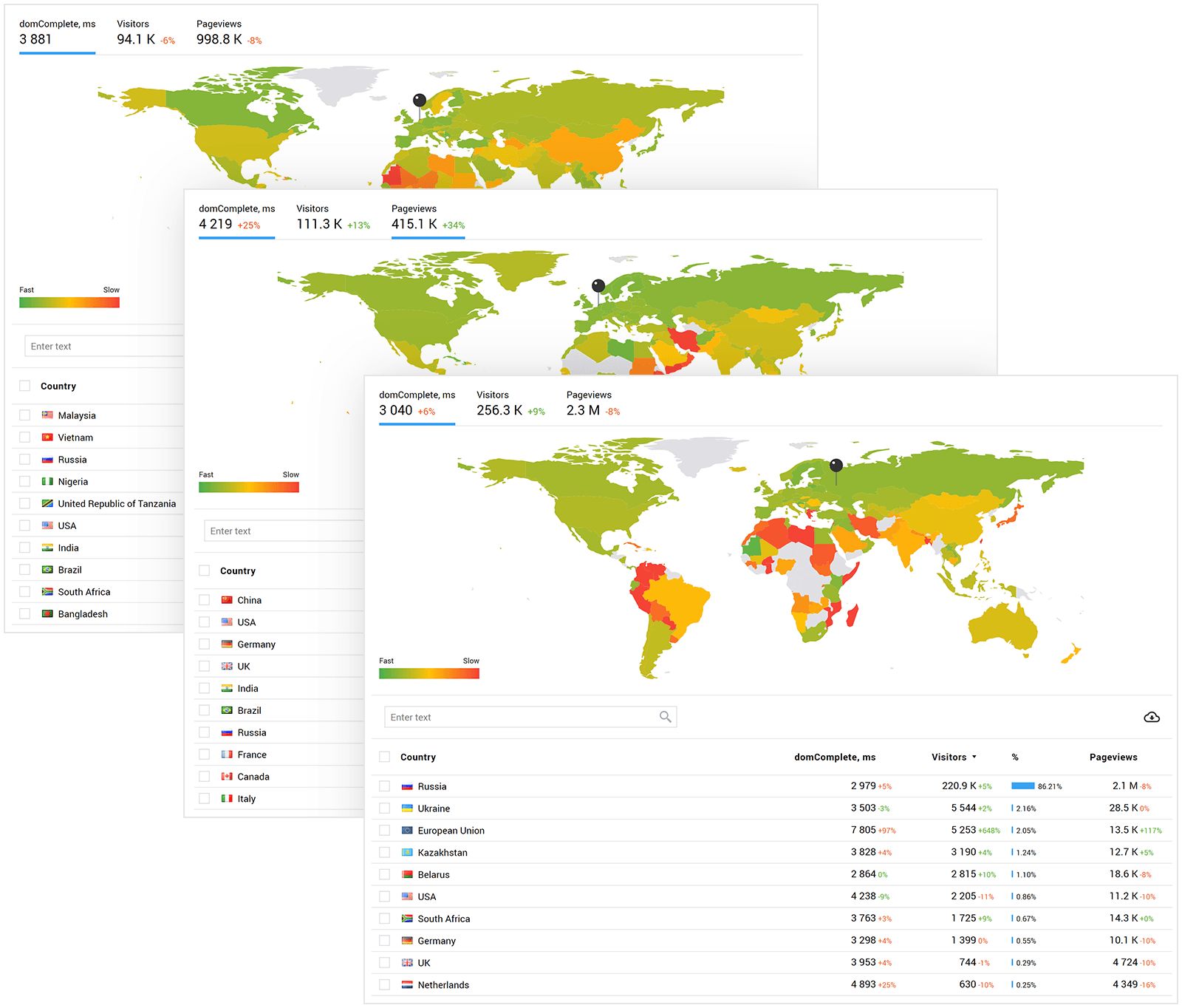
The website speed in different countries is affected by how far physically your web server is from target consumers, as well as the level of Internet connection in the region. Traditionally, underdeveloped countries suffer from poor Internet connection which leads to increased loading time. Unfortunately, nothing can be done about that. However, even in such a case, good results can be achieved if you locate the server closer to the target region.
The report works not only for websites. Similarly to other data available in the system, you can apply any filters. For example, you can check
the loading speed for specific pages, limit your results by mobile users only, and much more.
This allows you to detect unexpected issues. Moreover, breaking down the analysis results by resource types and by geographical locations gives you the ability to accurately detect problems and solve them.
Are you sure your visitors do not experience problems when working with your website? Try Finteza trial version and check the loading speed right now.
